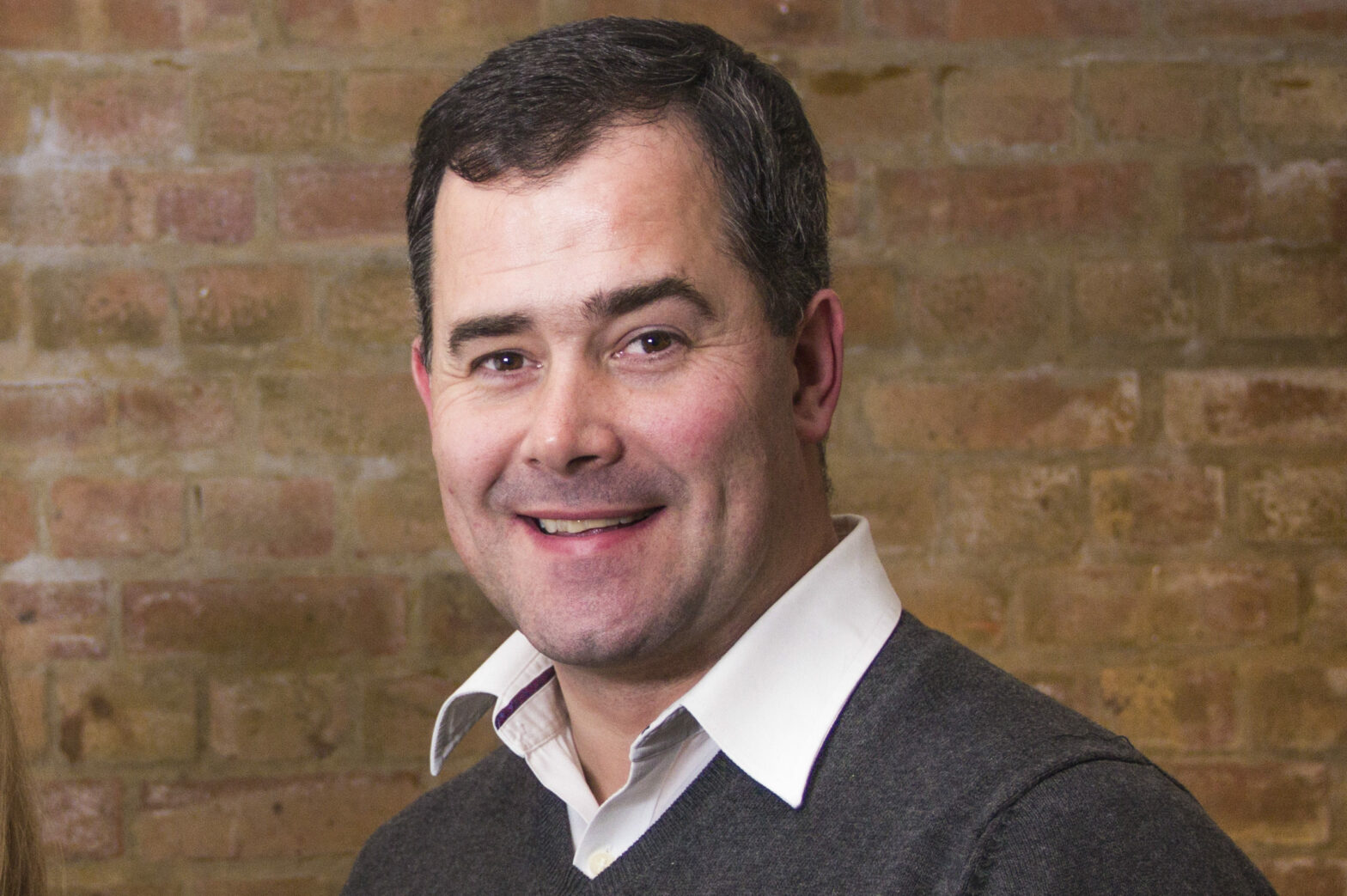I have spent a large percentage of the last calendar year preparing for and executing two successful crowdfunding campaigns for The Funky Iron Company. Our first round overfunded to 138 per cent and our second round overfunded to 127 per cent. This method of raising capital was a new experience to me and I would like to share my experience so that others can benefit. I have had quite a few people contact me recently asking for advice, so I thought it would be much better to write down my thoughts.
In essence, there are three phases to any campaign.
Preparation
The preparation phase where you are preparing all of the documentation and information required to list on the crowdfunding site. This phase is vital as it sets the tone for the impression you will make with investors. You need to make sure that all of your documents present the opportunity, your business and brand in the best possible light. You will need a Pitchbook, a set of future financials, historical financials and any other supporting information which is relevant.
You will also need to produce a high quality crowdfunding video. Typically it is at least 3 minutes in length and tackles the key question early in the video: WHY are you launching this business? The video will need to be made by a professional video production company. You may think that a 3 minute iPhone video will work, but in reality, this won’t be anywhere near as compelling as producing a professional video. This will cost anywhere between £2,500 and £5,000.
Remember, you get one opportunity to create the first impression with people and in the crowdfunding world, many investors will watch the video first before reading anything else, and most will have already made up their mind by the end of the video whether to invest or not. After the video, if investors want to proceed, they will look for a reason in the documentation to then not to, so your video will set the tone.
Investors will need to feel your passion for what you are doing. If they don’t or can’t, the chances are that they won’t put money into your venture. Your pitchbook will need to be slick, to the point and cover everything off. What is the opportunity? What is the size of the market? What are the key financials? Who are the main competitors? Why will your product or service sell? Who’s the team behind the business and what is their track record? How will you bring your business to market? What Intellectual Property does your business have to stop other people from copying your great idea? What is the investment offer: how much are you looking for and what % of equity are you selling in return? What’s your vision for your brand? How ambitious are you? Who is your target audience and how are you going to reach them? Will your business be raising funds using the brilliant SEIS and EIS schemes? If you are, tell investors.
Private mode: Friends, family and your network
When your campaign is ready and you finally decide to press the button to send your campaign live, in most instances, you will do so in “private” mode first. This will mean that your campaign page is live and visible via a URL which you can share with people, but your campaign will not be live on the main site until you send it “Public”. The general rule of thumb is that the higher the percentage funded your business is by the time you send it live to the public, the quicker the crowd will follow and the more likely it will be that you will close your campaign out ahead of the 60 public days allocated. When your campaign is in private mode, you need to reach out to friends, family and your network to look for early supporters. Try and do this with one-to-one contact: call people, tell them what you are up to and ask them if it is of interest.
You will know whether that person is likely to be interested in investing or not, so make a judgement on whether you think they are a 10 per cent, 25 er cent, 50 per cent, 75 per cent or 90 per cent+ chance. Start with the 90 per cent+, people and work your way down the list, send all of the relevant information to people to give them time to assess the opportunity. When you get to the end of the list, you may find that you have reached 30 per cent, 40 per cent or 50 per cent+ of your crowdfunding target.
This is the moment to then send your campaign into “public” mode, because it will show people that other people believe in your business and have already invested in it. It’s not just the amount of money raised by per cent, it’s equally important to see the number of investors. 50 people investing £1,000 each is as compelling as one person investing £50,000. You want to build up an army of supporters who will help you, offer ideas and suggestions and be there for you if you need support, need advice or have wider and bigger questions you need to ask, like running polls or market research.
Public mode: live on the crowdfunding site
This phase is the difference between you reaching your target or not. Remember, only 55 per cent of pitches are successful, with 45 per cent falling short. If you don’t hit your target in the crowdfunding world, all bets are off and the money is returned to investors. Your campaign needs to be very targeted in its messaging. If you are communicating across several platforms, the wording needs to be consistent. So a LinkedIn post should be using the same language as your Facebook, Twitter or Instagram post. Like selling itself, people often need multiple touch points with the opportunity before going ahead and investing. So it may be the fifth, sixth or seventh time people have seen something about your campaign, before they decide to step forward and invest in your business. If you are quiet and no one knows about your opportunity, guess what, your audience is that much smaller.
Crowdfunding is no different to selling. The number of eyeballs looking at your campaign will convert at a certain percentage. If you only have 2,000 people look at your opportunity and they convert at 1 per cent, you’ll get 20 investors backing your business. If you get 10,000 people looking, then that’s 100 investors and in the case of The Funky Iron Company, that’s where we were. In round one, we had 116 investors and in round two, 90 investors. Round one investors averaged £1,185 each and in round two, it was £2,119 each.
If you are busy promoting your business online, that is brilliant. Post on LinkedIn, Facebook, Twitter and Instagram. Email all of the people in your network. Keep the energy and passion levels high and people will feel it. But get out there and hustle! Hold public events and invite all of your network to come along. Try and do this as early in your campaign as possible. Ask your crowdfunding platform if they have investor events where you can pitch your business. If they do, try and secure a slot, again as early in your campaign as possible. It’s a numbers game. Meet as many people as you can. Go to networking events and take your business card with you. Give it to lots of people and tell them what you are up to. Go to business lunches and functions and use the opportunity to promote yourself and your business. I went to a business lunch a couple of weeks ago and the gentleman sat next but one to my right invested £5,000 two days later.
PR is massively important. In our round one, I managed to get BBC Sussex Radio to interview me live on air. This went out to 100,000s of people. You only need one or two of the right people to be listening and you may have found your next lead investor. These moments can be the trigger point when someone who has been watching you for weeks decides to go for it and call you. So work with a good PR company or look for PR opportunities yourself.
Top tips
1. If you want to raise £100,000, set your target as £90,000 and let your business overfund. Most businesses which break the 100 per cent target, go on to 120 per cent and beyond.
2. Work with professional video production companies and crowdfunding experts to make your pitch as slick and credible as possible.
3. Hustle. Hustle online. Hustle by email. Hustle by phone. Hustle out and about at events. The sum of your total activity = the number of people looking at your campaign page and crowdfunding is a numbers game.
Crowdfunding can be a daunting and stressful experience. It’s a very public exercise and there are no hiding places. But if you work with the right people, they can make your job a lot easier. Be confident, believe in yourself, your brand, your product or your service and do not allow yourself any negative thoughts! Good luck!
Joe Sillett is founder and CEO of The Funky Iron Company.







